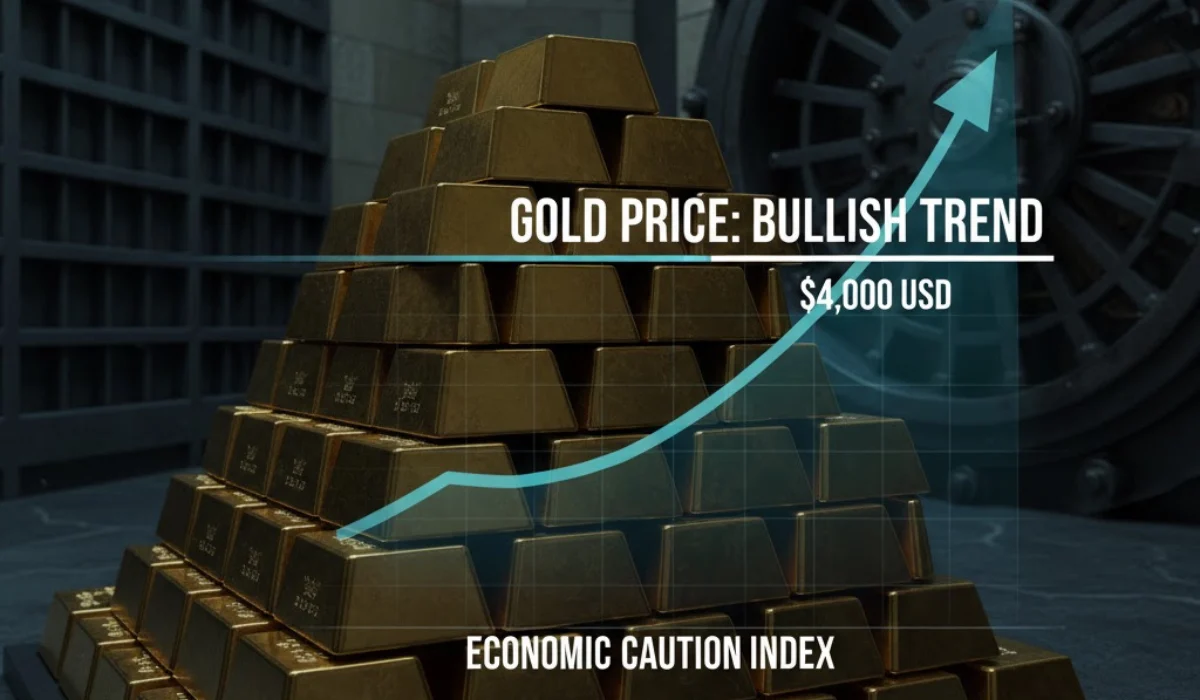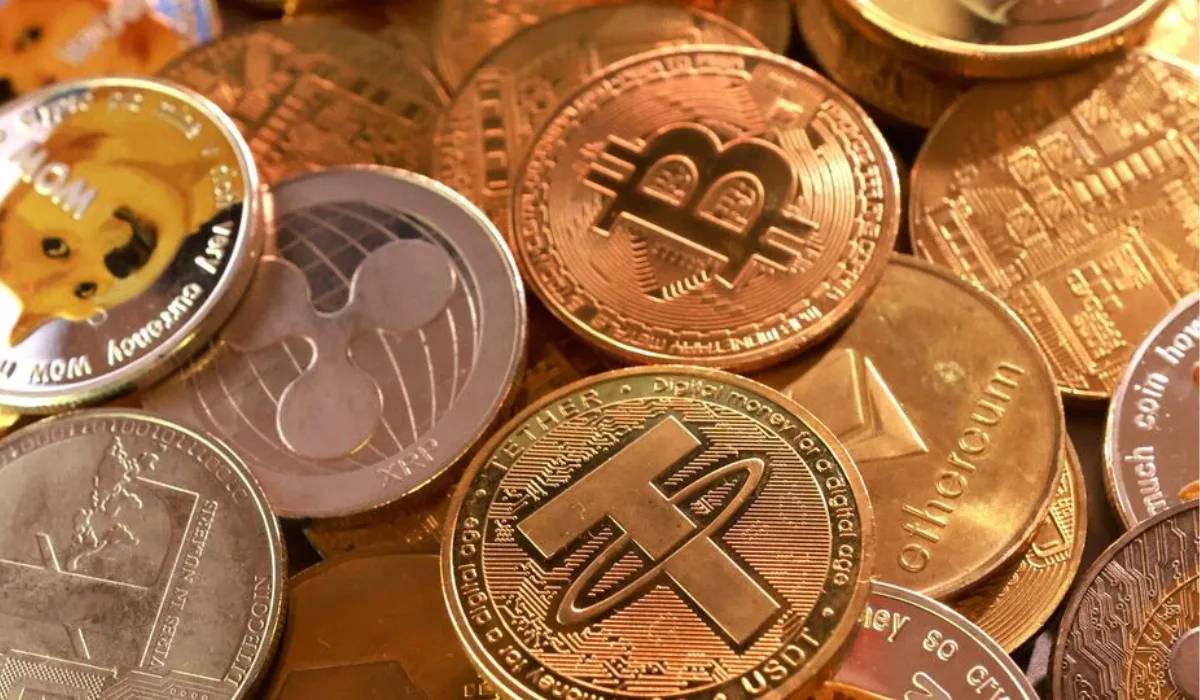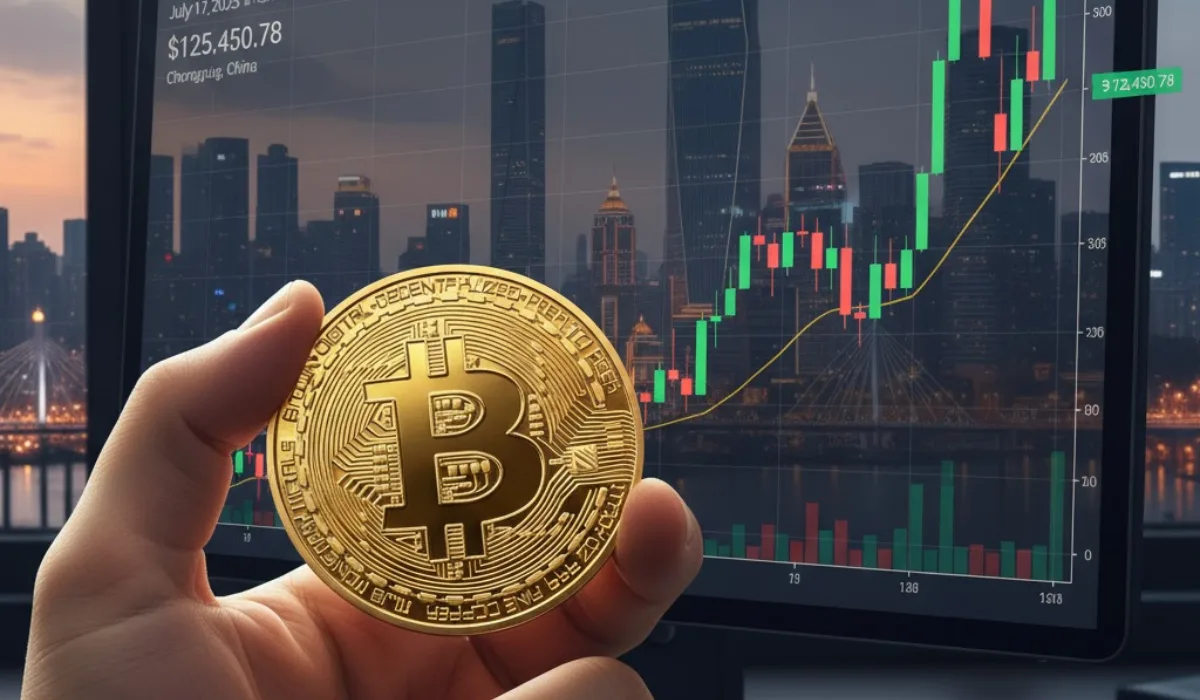The Historic Gold Surge: A 50% Rally in 2025
Gold futures closed at a record $4,004.40 per ounce on October 7, 2025, after touching an intraday high of $4,014.60, according to market data. This breakthrough represents the first time gold has crossed the $4,000 milestone, capping a remarkable approximately 50% increase since the start of the year when prices hovered near $2,800 per ounce. In contrast, the S&P 500 has advanced about 15% over the same period, highlighting gold's outperformance amid broader market dynamics.
Investors traditionally flock to gold during periods of volatility, viewing it as a store of value uncorrelated with stocks or bonds. The metal's appeal intensifies when traditional assets like US Treasuries lose luster due to falling yields or policy shifts. As of October 9, 2025, spot gold traded above $4,000, reflecting sustained buying pressure despite record stock highs earlier in the year.
This surge aligns with SEO trends around queries like "why is gold price rising in 2025," as search interest spikes amid economic headlines. Incorporating such keywords helps content rank higher on Google by addressing user intent for timely analysis on gold as an inflation hedge and safe haven asset.
Economic Uncertainty Amplified by Government Shutdown
The US federal government shutdown, which began at 12:01 a.m. EDT on October 1, 2025, due to congressional failure to pass funding legislation, has exacerbated economic opacity and investor jitters. Now in its second week as of October 9, the impasse halts non-essential operations, furloughs hundreds of thousands of federal workers, and delays critical economic data releases from agencies like the Bureau of Labor Statistics and Commerce Department.
S&P Global Ratings estimates that each week of closure could shave 0.1 to 0.2 percentage points off GDP growth, compounding concerns over a weakening job market and tariff-induced headwinds. The shutdown's data blackout diminishes visibility into key indicators, prompting investors to seek refuge in gold. As strategist Kevin Ford of Convera noted, this "severely diminished visibility" into the economy acts as a material headwind.
Historically, gold has surged during fiscal disruptions. During the 2018-2019 shutdown—the longest at 35 days—gold prices rose about 5% amid similar uncertainty. Today, with tariffs under the Trump administration adding inflationary pressures, the current episode echoes past patterns but on a larger scale. Analysts like Nigel Green, CEO of deVere Group, emphasize that political gridlock erodes faith in other assets, driving dependence on gold for protection.
Transitioning to monetary policy, these fiscal strains intersect with the Federal Reserve's actions, further propelling gold's appeal.
Federal Reserve's Pivot to Rate Cuts
On September 17, 2025, the Federal Reserve reduced its benchmark federal funds rate by 25 basis points to a 4.00%-4.25% range—the first cut of the year—signaling a potential easing cycle amid softening labor data. Minutes from the meeting reveal a divided committee, with a slim majority favoring additional reductions later in 2025, though inflation worries persist.
Lower rates diminish the opportunity cost of holding non-yielding gold, making it more attractive relative to interest-bearing assets like Treasuries. Bart Melek, head of commodity strategy at TD Securities, highlights that as the Fed eases, gold serves as a superior safe haven, especially with ore grades declining and production costs rising. Forecasts suggest gold could reach $4,400 per ounce by the first half of 2026 under continued dovish policy.
Tariffs implemented by the Trump administration are expected to stoke inflation, enhancing gold's role as a hedge. Effective tariff rates have climbed to around 9.7% by late July 2025 from 2.3% at year-start, potentially reversing recent disinflation trends. This policy mix—fiscal austerity via shutdown juxtaposed with trade barriers—creates a volatile environment favoring precious metals.
Surging Global Demand from Central Banks
Central banks have emerged as a cornerstone of gold's rally, with net purchases rebounding to 15 tonnes in August 2025 after a July pause, led by institutions like the National Bank of Kazakhstan and Poland's NBP, the year's top buyer at 67 tonnes year-to-date. The trigger traces back to 2022's freezing of $300 billion in Russian assets post-Ukraine invasion, prompting diversification from US dollar holdings.
Global reserves now exceed 36,000 tonnes, surpassing US Treasuries in some portfolios as nations bolster resilience against sanctions and currency risks. This "quiet force," as deVere's Green describes, provides a sturdy market foundation, with annual buys nearing 1,000 tonnes.
In context, central bank demand has averaged over 1,000 tonnes annually since 2022, per World Gold Council data, outstripping mine supply growth and supporting prices amid geopolitical strains like conflicts in Gaza and Ukraine.
Geopolitical Tensions and Broader Safe Haven Appeal
Beyond domestic woes, escalating global conflicts amplify gold's safe haven status. The ongoing wars have heightened de-dollarization efforts, with emerging markets accumulating bullion to mitigate reserve vulnerabilities.
Gold's correlation with uncertainty is well-documented; during the 2008 financial crisis, prices surged 25% amid recession, and in 2020's COVID downturn, it gained over 40% peak-to-trough recovery. Current dynamics mirror these, but with added tariff and shutdown layers, positioning gold as an "all-occasions" asset.
eToro's Bret Kenwell notes the rally's longevity, from $2,800 entry to $4,000+, reflects multifaceted pressures rather than isolated events.
Historical Context: Gold in Times of Turmoil
Examining past surges reveals patterns. In the 1970s inflationary era, gold tripled amid oil shocks and stagflation. The Great Recession saw a 101% PPI rise from 2008-2012. Recessions average 20.2% gold gains since 1970, per analyses, as it hedges debasement and volatility.
Today's 53% YTD advance eclipses many crises, signaling profound unease despite GDP expansion.
Future Outlook: Higher Prices Ahead?
Analysts remain bullish. Goldman Sachs forecasts $4,900 by December 2026, UBS maintains an "attractive" rating with targets up to $4,200 soon, and TD sees $4,400 by mid-2026. Ulrike Hoffmann-Burchardi of UBS Global Wealth Management echoes this, citing persistent challenges.
However, volatility persists at 10-15%, per UBS's Giovanni Staunovo, advising diversification over heavy allocation. Physical gold's spreads add costs for retail buyers.
Investment Considerations in a Gold-Driven Market
For portfolios, gold ETFs or miners offer exposure without storage hassles, though critics note alternatives like derivatives for efficiency. E-E-A-T principles underscore consulting data-driven strategies, as gold's role evolves with policy.
In summary, gold's breach of $4,000 on October 7, 2025, encapsulates US economic headwinds—from shutdowns trimming GDP to Fed easing and tariff inflation—while global demand sustains momentum. Investors monitor resolution prospects, but the rally signals caution ahead.









